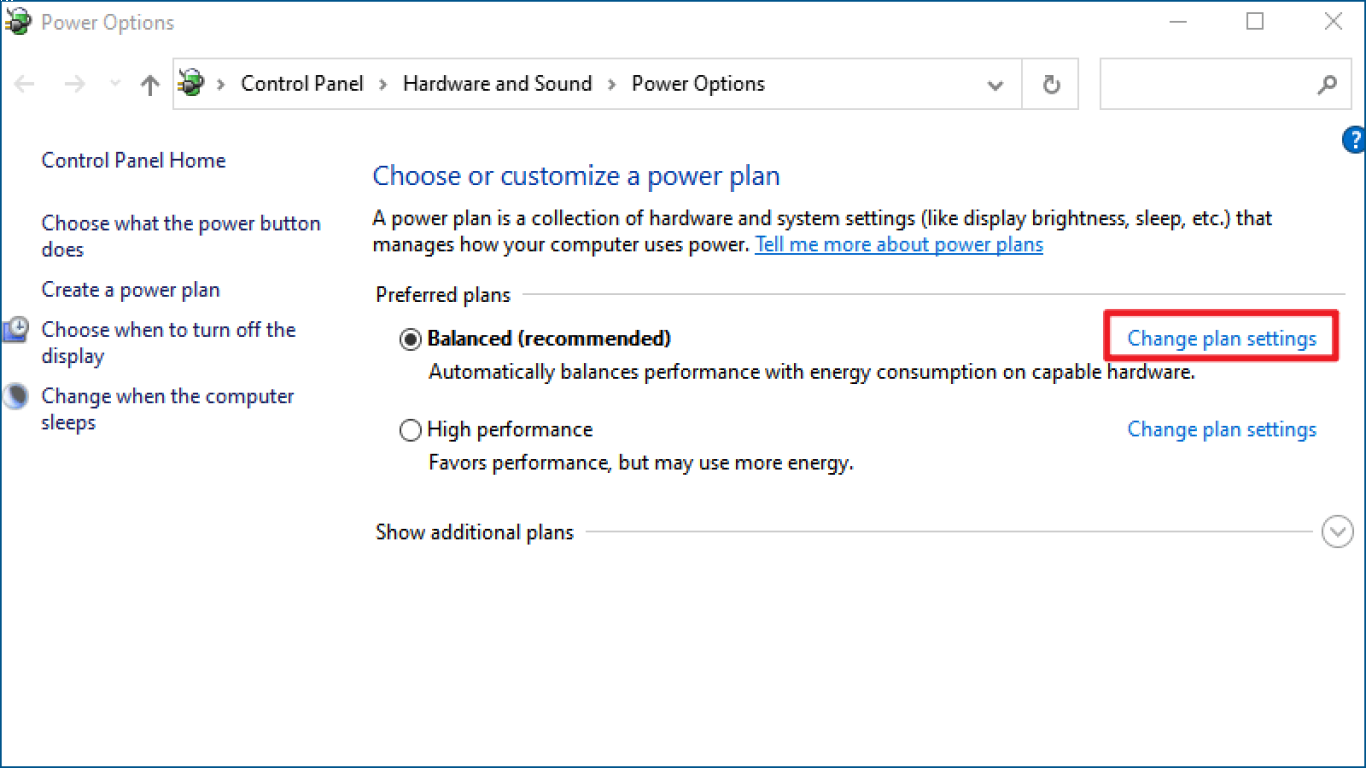How to Improve Performance in Windows 10
How to Improve Performance in Windows 10
Windows 10 is a pretty versatile operating system, known for its performance and user-friendly interface. But like any OS, it can slow down over time due to various reasons such as bloated applications, unnecessary startup programs, and outdated drivers. Don't stress, though—I've got you covered with some killer tips and tricks to boost your PC's performance back to its top form. Let's dive in and get your Windows 10 running like a boss!
Understanding the Causes of Slow Performance
Before we jump into the solutions, it's crucial to understand why your Windows 10 might be acting sluggish. Here are some common culprits:
- Excessive Startup Programs: Many apps launch during startup, hogging valuable system resources.
- Fragmented Hard Drive: Over time, hard drives can get fragmented which slows down file access.
- Outdated Drivers: Old drivers can cause compatibility and performance issues.
- Malware and Viruses: Sneaky malware or viruses can take over your system and abuse its resources.
- Lack of System Updates: Missing updates can mean your system isn't optimized for the latest security and performance enhancements.
1. Disable Startup Programs
First things first, let’s tackle those startup programs. Apps that start automatically when your computer boots can lead to longer startup times and sluggish performance.
- How to Manage Startup Programs:
- Hit up the Task Manager by pressing
Ctrl + Shift + Esc. - Click on the
Startuptab. Here, you’ll see a list of programs that launch at startup. - Right-click on any unnecessary programs and select
Disable.
By reducing the number of startup applications, you’re freeing up system resources, resulting in a noticeably faster boot time.
2. Optimize Your Hard Drive
Is your computer still rocking a traditional hard disk drive (HDD)? If so, it might be time for a bit of maintenance. Over time, files can be scattered all over the place, which can slow down access times. Thankfully, Windows 10 has a built-in optimization tool.
- How to Defragment and Optimize:
- Open
File Explorer, and right-click on your main drive (usuallyC:). - Select
Properties > Tools. - Click on
Optimizeunder the "Optimize and defragment drive" section. - Choose your primary drive and hit
Optimize.
SSD users can skip this step, as SSDs don't need defragmenting and are optimized differently by Windows automatically.
3. Update Your Drivers
Outdated drivers can create all kinds of havoc on your system’s performance. Keep your drivers fresh to ensure everything runs smoothly.
- Updating Drivers:
- Type
Device Managerin your search bar and open it. - Scroll through the list and look for any devices with a yellow triangle (indicating a problem).
- Right-click and select
Update driver, then chooseSearch automatically for updated driver software.
Alternatively, you can visit your hardware manufacturer’s website to download and install the latest drivers manually.
4. Scan for Malware and Viruses
Malware can be a real bummer, causing all sorts of performance issues. It's essential to keep your system clean using a reliable antivirus program.
- Get Rid of the Bad Stuff:
- Make sure Windows Defender or your preferred antivirus software is up-to-date.
- Run a full system scan to detect and remove any threats.
- Consider using additional tools like Malwarebytes for a more comprehensive scan.
5. Keep Windows Updated
Microsoft frequently rolls out updates to enhance Windows 10's performance and security. Keeping your OS updated is crucial for optimal performance.
- How to Check for Updates:
- Go to
Settings > Update & Security > Windows Update. - Click
Check for updates. If any are available, download and install them.
6. Free Up Disk Space
Your system needs enough free space to function optimally. Here’s how to declutter:
- Clean Up Your Disk:
- Open
Disk Cleanupby typing it in the search bar. - Select the drive you wish to clean and click
OK. - Check the files you want to delete, such as temporary files or downloads, then hit
OK.
7. Upgrade Your Hardware
Sometimes, software optimizations can only take you so far. If computer components are aging, you might need a hardware upgrade for a significant performance boost.
- Considerations for Hardware Upgrades:
- RAM Upgrade: More RAM can make multitasking smoother.
- SSD Upgrade: Replacing an HDD with an SSD can drastically improve boot and load times.
- GPU: If you’re into gaming or graphic design, consider updating your graphics card.
Conclusion
Boosting your Windows 10 performance is all about regular maintenance and smart tweaks. By disabling unnecessary startup programs, optimizing your drives, keeping your drivers and system up-to-date, protecting against malware, and considering a hardware upgrade, you can maintain a slick and speedy system. Remember, a bit of regular digital housekeeping goes a long way in keeping your machine running at its best!
FAQ
Q1: How often should I defragment my hard drive? A: If you're using an HDD, once a month should suffice. Windows 10 usually handles this automatically via scheduled maintenance.
Q2: What are the signs of outdated drivers? A: Common signs include system crashes, slow performance, and peripherals not working correctly.
Q3: Is Windows Defender sufficient for virus protection? A: Windows Defender offers decent protection for most users, but adding an additional layer with a reputable antivirus can enhance security.
Q4: How much RAM is generally recommended for Windows 10? A: For casual use, 4 GB is the minimum. However, 8 GB or more is recommended for better performance, especially if you multitask or run heavier applications.
Q5: Can adding more RAM improve gaming performance? A: Yes, more RAM can improve gaming performance, particularly in games that require higher memory consumption. However, a good GPU and CPU are also crucial factors.
By following these steps and regularly checking on your system's health, you can keep your Windows 10 machine running smoothly and efficiently, ready to tackle any task you throw at it.
#howtoimproveperformance #performancewindows10 #improveperformancewindows #windows10tips #optimizewindows10
